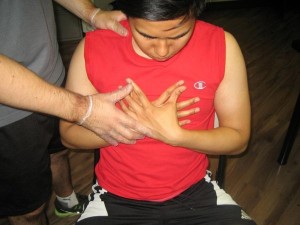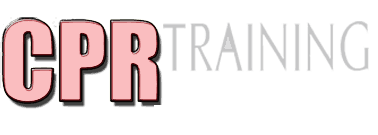Cardiac arrest kills thousands of people each year. But did you know that providing proper first aid for cardiac arrest can help prevent these deaths and complications?
Cardiac arrest is a medical emergency wherein the heart suddenly stops beating. It can happen anywhere, anytime, and to anyone (although some people are at higher risk). Certain medical conditions put people at increased risk for cardiac arrest. Moreover, only very few people know first aid for cardiac arrest. These first aid techniques are critical in responding and preventing deaths due to this heart condition.
If someone collapses in front of you, would you know what to do? A lot of people would panic at the sight of someone collapsing. It is important that you stay calm and remain composed in order to provide proper care.
What is the right course of action to take?
When responding in any emergency situation, such as infirst aid for cardiac arrest, there are a series of actions that you can take.
First, ensure scene safety. Make sure there is nothing that could put the victim and yourself in danger. Next, check for the victim’s responsiveness. Speak to the victim to see if he is able to respond. If the victim remains unconscious, tap the victim’s shoulder or pinch him. A victim who is able to respond tells you that he is alive!
However, if the victim has very little response or if they are not conscious enough, be sure to keep the airway open. Place them towards the side and call your local emergency phone number immediately! First aid for cardiac arrest should be initiated immediately for better results.
If there is no response, open the airway using two fingers under the chin and the other hand on their forehead. Tilt the head back while the other hand helps lift the chin. This maneuver takes the tongue to the back of the throat.
Check for breathing by looking along the body, listening for breaths, and feeling the victim’s breath on your cheek to see if they are breathing.
If there is breathing place the victim in recovery position, call the local emergency phone number and continue monitoring the victim. If the victim is not breathing or you are not sure if the victim is not breathing, initiate CPR right away.
In performing CPR, place heel of your hand over the center of the chest, right between the nipple-line. Push down 1.5 to 2 inches deep at a rate of 120 per minute. After giving 30 compressions; tilt the head and lift the chin to open the airway. Seal your mouth around the victim’s mouth and give two blows or breaths. Check if the chest rises each time breath is given.
The first aider serves as a life support machine (providing air, circulating 
